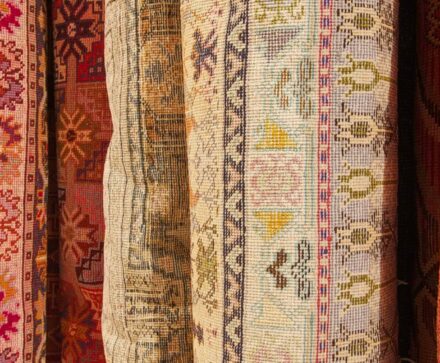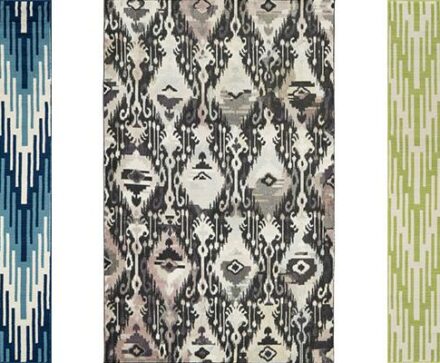Oriental Rug FAQs

The Rug Gallery is a great resource for learning more about Oriental rugs. We understand that many customers have questions, so we’ve put together a list of frequently asked questions to help. Whether you’re a first-time buyer or looking to add to an existing collection, these frequently asked questions provide an overview of important topics like rug composition, cleaning and maintenance, and style. The selection of Oriental rug styles available at The Rug Gallery is vast—from Anatolian to Kilim and more! Whatever your taste in décor or budget may be, The Rug Gallery has something special for you!
Many people believe that Oriental rugs are simply rugs that come from the Orient. However, what makes a rug Oriental is not where it’s made, but how the rug is made.
Any country in the world can make an Oriental rug, including Asia, China, Iran, Tibet, Turkey, Russia, Pakistan, and more. Where the rug is made may influence the overall design of the rug, however, these are still considered Oriental rugs.
An “Oriental rug” refers to a broad classification of rugs. It refers to the types of looms that are used and knots that are tied. A Persian is a rug made in Iran, or before 1925, Persia. A true Persian rug is one made in Iran.
The quality of the construction and materials vary greatly. Oriental rugs can be made from a wide variety of materials, including natural materials like wool and manufactured materials like polyester.
This includes the type of loom used, either the horizontal loom – which is usually used for tribal design flat-woven rugs like Kelim, Dhurrie and Soumak, or the vertical loom – which is where most hand knotted rugs are woven. If the vertical loom is used, one of the two knots are used: the Senneh or the Ghourides.
There are a lot of ways one can repurpose an old oriental rug. Some things you can do include:
- Make pillows
- Upholster a chair
- Frame part of the rug that is not damaged
You can also sell an old Oriental rug, but this process can be a little complicated. If you choose, you can also donate an old oriental rug and receive a tax write-off. For this option, though, you need to first get it appraised by a certified appraiser and then get a special form from the IRS.
Most rug professionals do not recommend putting an oriental rug in the washing machine. Many newer rug companies advertise this, but most rugs are not made to do that. Always check with the manufacturer of a rug before making an extreme choice like putting it in the washing machine. Machine washing can be very hard on the backing and can permanently wrinkle it.
You can shampoo an oriental rug, but you have to be aware of what material your rug is made out of. So if your rug is made out of polypropylene, for example, you can use a much harsher cleaner. However, if you have a wool rug, you could ruin it if the solution you’re using is too harsh.
Make sure to use a good detergent (like something you’d use for your clothes or in your dishwasher.) You don’t want any soap residue left behind.
We understand that buying an Oriental rug is a big investment, and you probably have a lot of questions. These are just some of the most frequently asked questions we get from our customers, but don’t worry if yours isn’t listed here. The experts at The Rug Gallery are always available to answer any questions you may have. Contact us today and we’ll be happy to help you find the perfect rug for your home.



